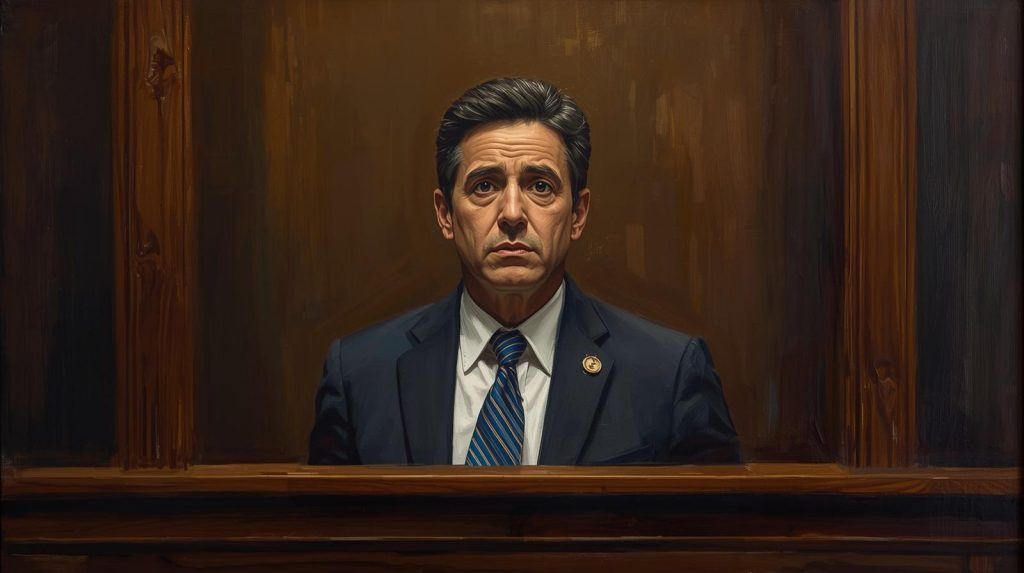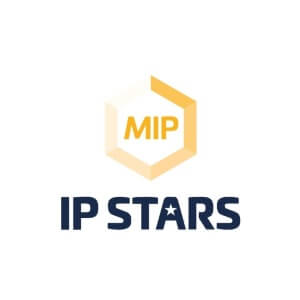The marriage of innovators with investors can be powerful, from many perspectives. In addition to the economic benefits, the positive energy generated is infectious and can encourage innovators and investors to take great ideas further.
I work with both sides of the investor/investee markets and find that intellectual property (IP) can be a tipping point around purchase and investment decisions. This is unsurprising given that intangible assets often make up over 90% of the value of a business.
Investee Considerations
Investees often do not understand the IP they have, nor how to showcase this in a way that investors can appreciate its value or most likely in the early stages its potential.
In an ideal world a business seeking investment has tailored itself and IP to be attractive to a particular class of investors. Practically, this is often not the case, and we must work with a less than ideal positioning. Regardless, when asked to contribute to a pitch deck or Information Memoranda, I have regard to how a target investor can benefit or get reassurance from the present and future intangible assets.
Key IP components can include:
Sometimes the exercise of extracting the information for a presentation it becomes apparent that some work is required on the IP front to structure the investee – before pitching for investment.
The trick is being able to present the relevant information in a format that:
Investor Considerations
An investor needs to feel comfortable that their investment will:
The IP components mentioned previously can all support these concerns.
Therefore, potential investors need to decide whether the IP components are presented in a way to give them confidence, or whether they need to do further due diligence on the IP aspect.
Unfortunately, due diligence can be an exhaustive, expensive, time consuming and a mind-numbing process. Also, valuation of IP can also be frustratingly vague – especially if a business is at an early stage.
This is where an investor needs to look at their appetite for risk balanced against the time and cost for investigating an IP position – and at what level.
And the investor needs to be able to communicate their requirements clearly to the professional providing the IP position or the professional can articulate the scope of their research (and associated risks) to the investor.
Personally, I enjoy conducting high level IP due diligence. Analysing a portfolio and distilling down any observations into a practical commentary and recommendations for an investor is highly satisfying. For example, anonymised advice from one of my investigations provided the following high-level commentary over a large IP portfolio.
This enabled the investor client to continue with the investment process at an acceptable level of risk to them – before they dove into the rabbit hole of full-on due diligence.
Conclusion
A happy marriage of innovators with investors can be more easily brought about if there is an understanding of what IP supports the business. This can be fast tracked through a clear presentation (such as in a pitch deck) or a high-level due diligence.










